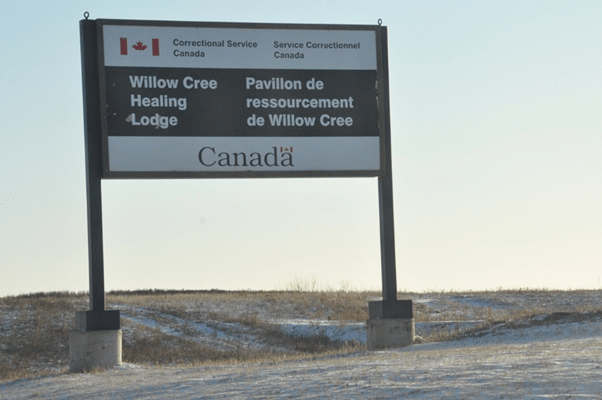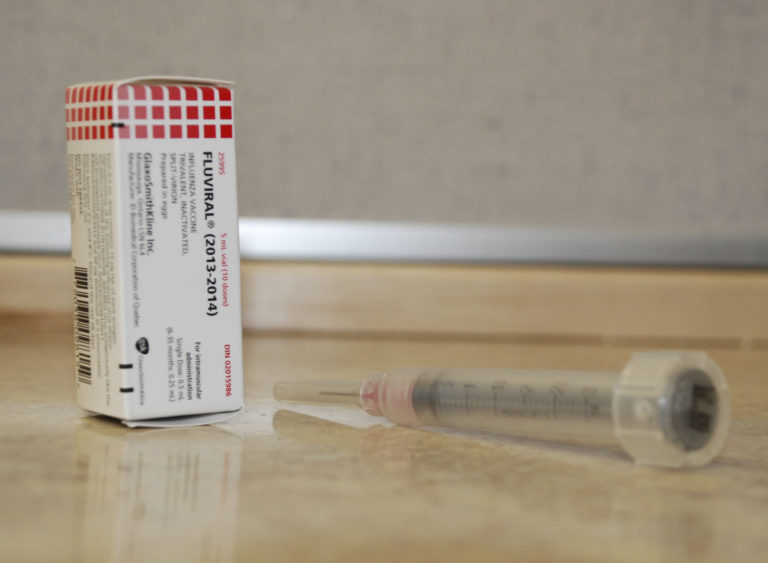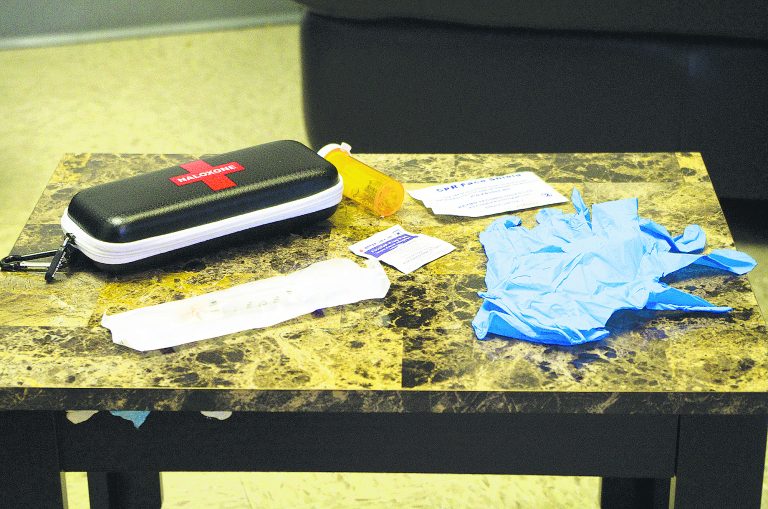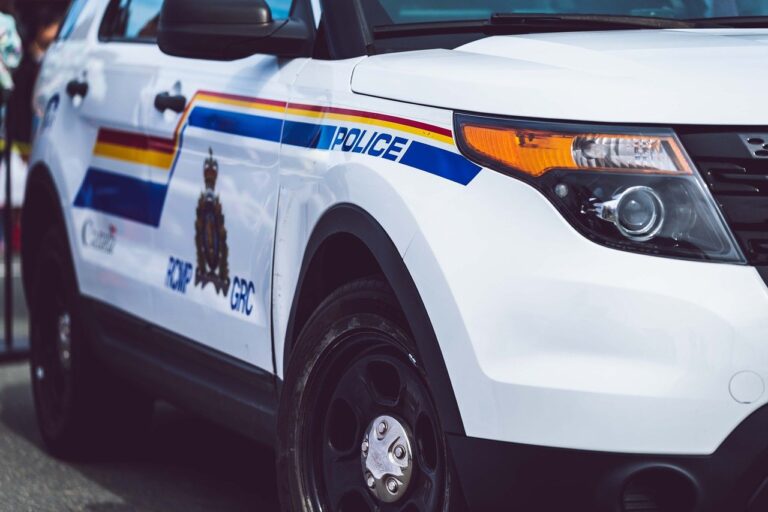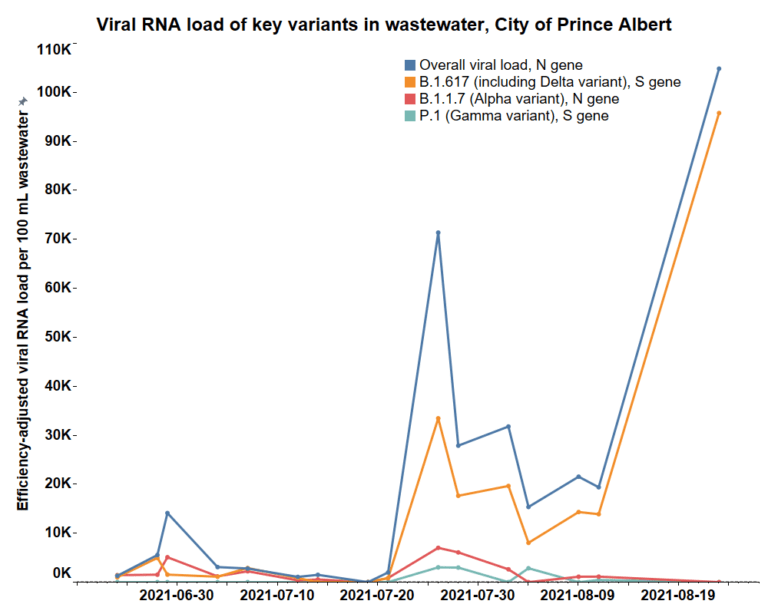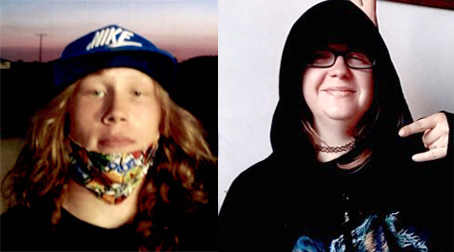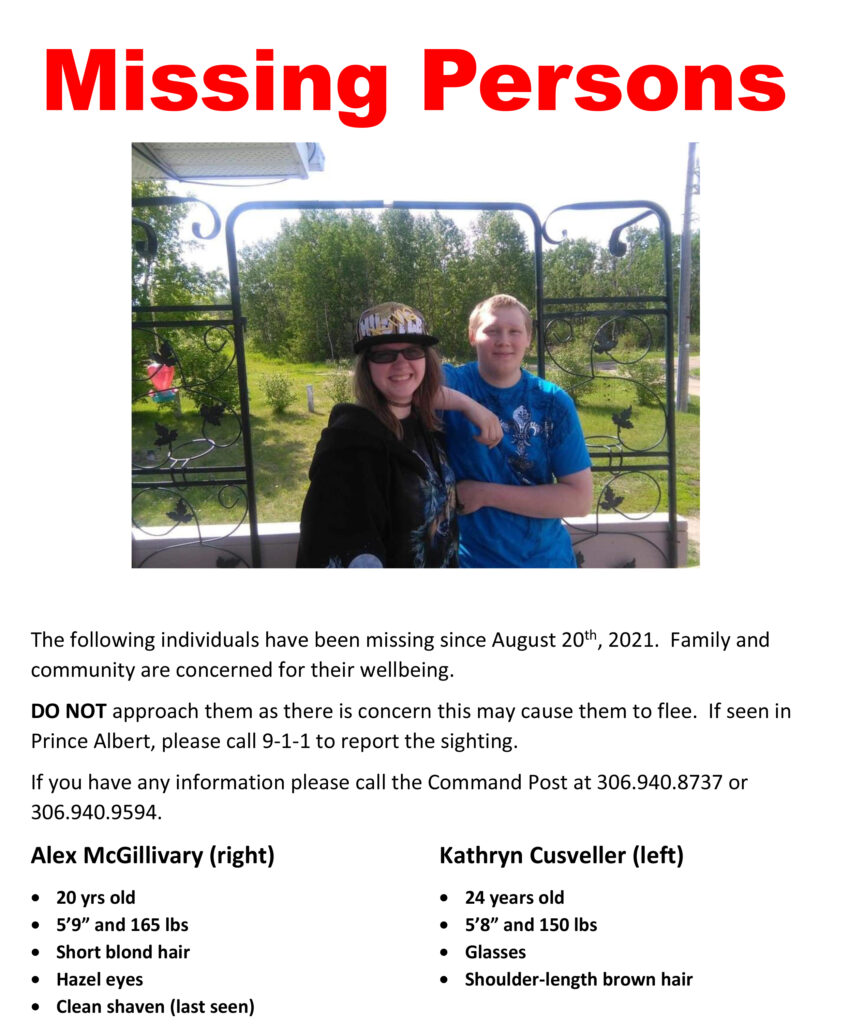North Central has had an additional 40 cases of COVID-19 added to the totals and one more person has died after contracting the virus, the SHA reported today.
That means as of August 31, 69 people have died in the region and there have been 5,166 cases of the virus reported.
There are 318 active cases currently, an increase of 28 from the day before after some people recovered.
Another nine people are in the hospital, which means there are now 34 and the seven-day average of new cases has climbed to 34 while 4,779 people have recovered.
Provincially, as of August 31, there are 274 new confirmed cases of COVID-19, bringing the total to 54,367 reported cases
The new cases are located in the Far North West (8), Far North East (45), North West (36), North Central (40), North East (12), Saskatoon (72), Central West (7), Central East (12), Regina (10), South West (7), South Central (2) and South East (3) zones and 20 new cases have pending residence information
For pending locations, 12 cases were assigned to the Far North East (from August 28 (1)), North Central (August 27 (2), August 29 (6)), Central East (August 29 (1)) and South West (August 29 (2)) zone.
The province says 18 cases were residents tested out of province and added to cases totals for Far North West (from August 13 (1), August 16 (1)), North West (August 13 (1), August 15 (1)), North Central (August 10 (1)), North East (August 9 (2)), Saskatoon (August 11 (1), August 15 (1), August 25 (2), August 29 (1)), Central West (August 10 (1)), Central East (August 9 (1)), Regina (August 6 (1)), South West ( August 7 (1)), and two (2) cases still have pending resident information (August 5 (1), August 13 (1))
At the moment, 2,204 cases are considered active and 51,560 cases are considered recovered
About two-fifths (39.4 per cent) of new cases are in the 20 to 39 years age category and one in six (17.9 per cent) new cases was fully vaccinated.
As of August 31, a total of 130 individuals are hospitalized, including 100 inpatient hospitalizations and 30 ICU hospitalizations. Of the 130 patients, 97 (74.6 per cent) were not fully vaccinated.
Two (2) new deaths reported today. 603 Saskatchewan residents with COVID-19 have died, with a case fatality rate of 1.1 per cent
To date, 1,024,988 COVID-19 tests have been performed in the province. As of August 29, 2021, when other provincial and national numbers are available from PHAC, Saskatchewan’s per capita rate was 863,032 tests performed per million. The national rate was 1,065,016 tests performed per million.
The seven-day average of new COVID-19 case numbers was 248 (20.6 new cases per 100,000)
Back to school
With children returning to school shortly, a pilot program will be launched in a small selection of schools to provide COVID-19 self-testing rapid antigen kits to families with students under age 12. This age group is currently not eligible to be vaccinated.
The 24 schools included in the pilot program will be determined in consultation with the school divisions and Medical Health Officers (MHOs) based on a variety of factors such as vaccination coverage, active cases, hospitalizations and school outbreaks. More schools will participate as the program evolves.
With the resumption of in-class learning, parents with eligible children in participating schools will receive notification from those schools on receiving testing kits.
Self-testing is safe, easy to use, and provides fast results within 15 minutes. These tests are effective in screening people who may be COVID-positive but have no symptoms. A positive antigen test should always be validated with a lab-based PCR test.
Vaccine summary for August 31
From August 25 – 31, 13,994 doses of COVID-19 vaccine have been given in Saskatchewan, bringing the total number of vaccines administered in the province to 1,476,374.
As of August 31, 77 per cent of those 12+ have received their first dose and 68 per cent of those 12+ are fully vaccinated.
A map of participating pharmacies across the province is available at www.saskatchewan.ca/covid19-pharmacies.
Pop-up and walk-in vaccination clinics are being held throughout the province, targeting under- and unvaccinated communities. Details on clinic locations and times are listed on the SHA website but are subject to change based on demand and weather. Any changes to clinic hours and location will be updated online.
Living With COVID-19
For guidance on Living with COVID-19, including the requirements for self-isolation if you have a positive COVID-19 test, expectations around masking, information for businesses and workplaces and the visitation requirements for acute care as well as long term care and personal care homes, go to https://www.saskatchewan.ca/living-with-covid

